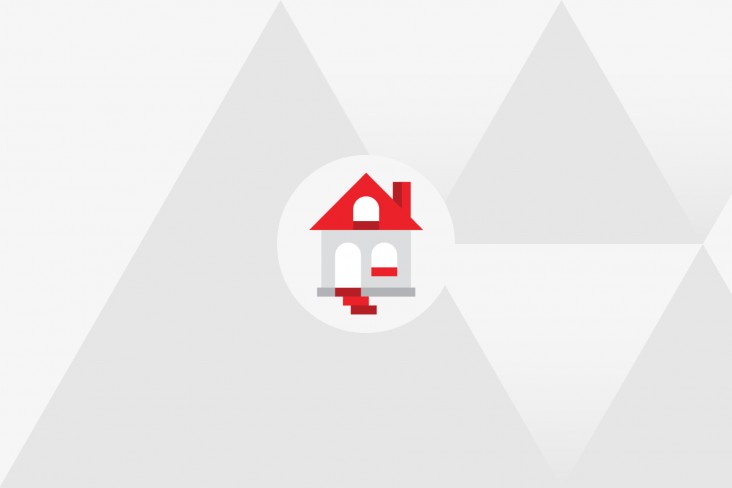LMNO …
Once upon a time, not so many years back, it would have been rather inconceivable that the mere mention of one particular letter could evoke such concern, distaste and, often, even fear.
Yes, while it used to sit quite innocuously between “O” and “Q”, P nowadays carries a rather singular message: methamphetamine – or, rather, crystal meth; “meth” for short. Among the hardest of illicit drugs, P’s proving one of the greatest scourges of modern society, its nasty tentacles ensnaring ever-increasing numbers right across the age and social divide.
Among the victims are more and more homebuyers, tenants, landlords, and even moteliers, whose properties have been, or are being, used as clandestine P labs, rendering them toxic danger zones. So, I wanted to share with you the most up-to-date advisory I have – this one’s from the New Zealand Law Society. No matter what type of property transaction you’re involved in, be it renting, leasing or trading, you need to be aware of the potential risks. While the tell-tale signs can be all but invisible, there are red flags you can familiarise yourself with as part of robust due diligence, while augmenting those rigorous checks with timely legal advice and guidance.
Janice’s Lesson Number 1: So, what’s the big deal with P – and isn’t it just a case of throwing open some windows and giving everything a jolly good wipe down? Ah, no. Police estimate the manufacture or “cooking” of 1kg of P produces at least 6kg of toxic by-products. That’s right – 6kg, or more, of poison.
A recipe for disaster
P cooks use a volatile mix of highly corrosive and dangerous chemicals to make the drug, and, during a raid, there’s good reason why authorities are fully decked out in hazmat suits and undergo rigorous decontamination. You’ve probably also seen the harrowing images of young children who’ve been exposed to the chemical cocktail that goes into making P; they’re typically chronically unwell and sometimes covered in rashes and sores.
Unfortunately for landlords rental homes are particularly at risk. Three quarters of P labs busted by police in New Zealand have been rentals. A couple of years back, Housing New Zealand conducted tests for methamphetamine on 196 state houses. Over half – a staggering 101 to be exact – were found to be contaminated with P residue.
Janice’s Lesson Number 2: Still think the odds are on your side? Of even further concern, police don't discover all P labs in operation each year.
With the proliferation of methamphetamine labs, it’s very wise to take a “better safe than sorry” approach to sussing out a property, so be sure to look carefully for any of the tell-tale signs that might suggest hearty family meals aren’t the only thing that have been cooked up inside.
Amongst the red flags: the property’s being used, or has previously been used, as a rental; frequent visitors come and go, or access has been denied to neighbours; windows remain shut and curtains drawn throughout the day; surveillance equipment, “high spec” locks and security devices have been installed; excessive or high fencing surrounds the property; sickly sweet or solvent smells are evident; ceilings and/or benches are highly discoloured – especially in the kitchen, bathroom and garage; there might be staining around the outside of drain covers; unusual wiring and/or plumbing fixtures, or additional fans and ventilation systems – over and above what’s needed for a residential home – have been installed, and you might notice corroded rubber and/or plastic around taps and stoves.
Now, what to do about it?
Janice’s Lesson Number 3: If in doubt, test. If you suspect P’s been anywhere near a property you’re looking to buy, it’s likely a specialised test for methamphetamine residue is in order and, so, a due diligence clause should be included in any sale and purchase agreement.
Any agreement would likely be made conditional on the vendor testing the property (the estimated fee ranges from around $600 to $1800) and, if it is contaminated, the seller would be required to remedy any issues, at their cost, before possession. Where a conditional agreement is in place, all parties should ensure they’re up with the play on their contractual obligations. Past or prospective landlords need to be crystal clear that they actually have a statutory obligation for correcting chemical hazards on their property – and, what’s more, this duty extends to property managers and agents.
While the law stipulates that any vendor with knowledge of P contamination must declare it, buyers need to be aware that warranty doesn’t extend to the work of any previous owners. However, if a property has previously tested positive for methamphetamine, councils are required to record this on the Land Information Memorandum, and it must stay put on the property file forever and a day – yes, even after remedial work’s been completed.
Under their duties, a real estate agent is also obliged to disclose any information regarding contamination they’re aware of, and risks prosecution if they knowingly market a property that’s been used for manufacturing methamphetamine but not decontaminated without being upfront about it.
Testing time
Janice’s Lesson Number 4: When you’re looking at buying a property, it’s hard to come up with a case for anything but insisting on having tests done for P residue, if your initial due diligence indicates there’s a risk. Be sure to consult your legal adviser, and just keep very clear in your mind that the remediation of methamphetamine houses is not typically covered by insurers; so, fail to take the right steps, and you could face footing a decontamination bill of up to $30,000 or, in an extreme case, be forced to demolish the home. Yep, it’s not hard to do the maths.
Last updated 24 October 2016





